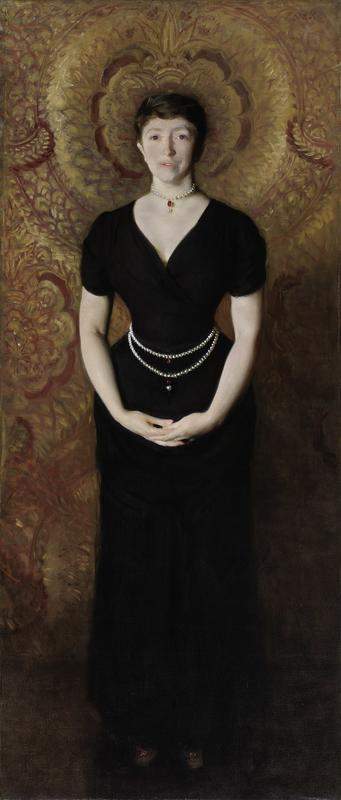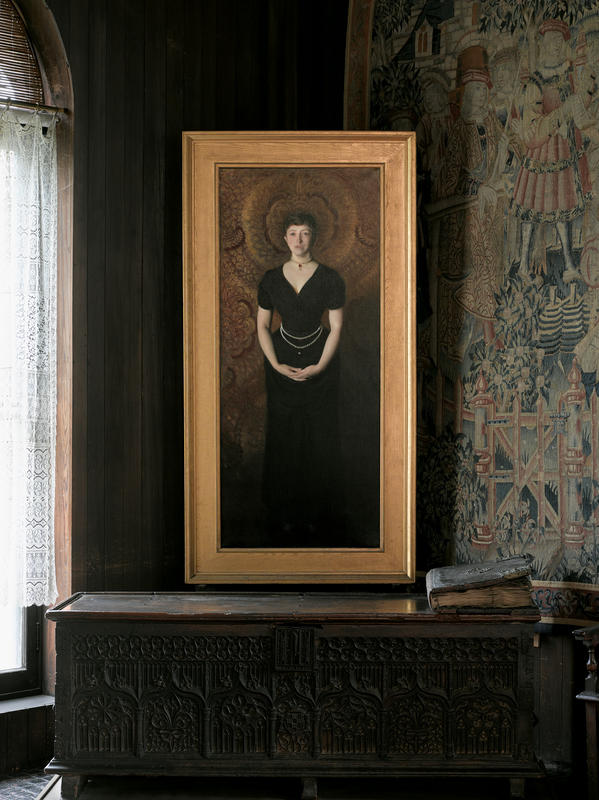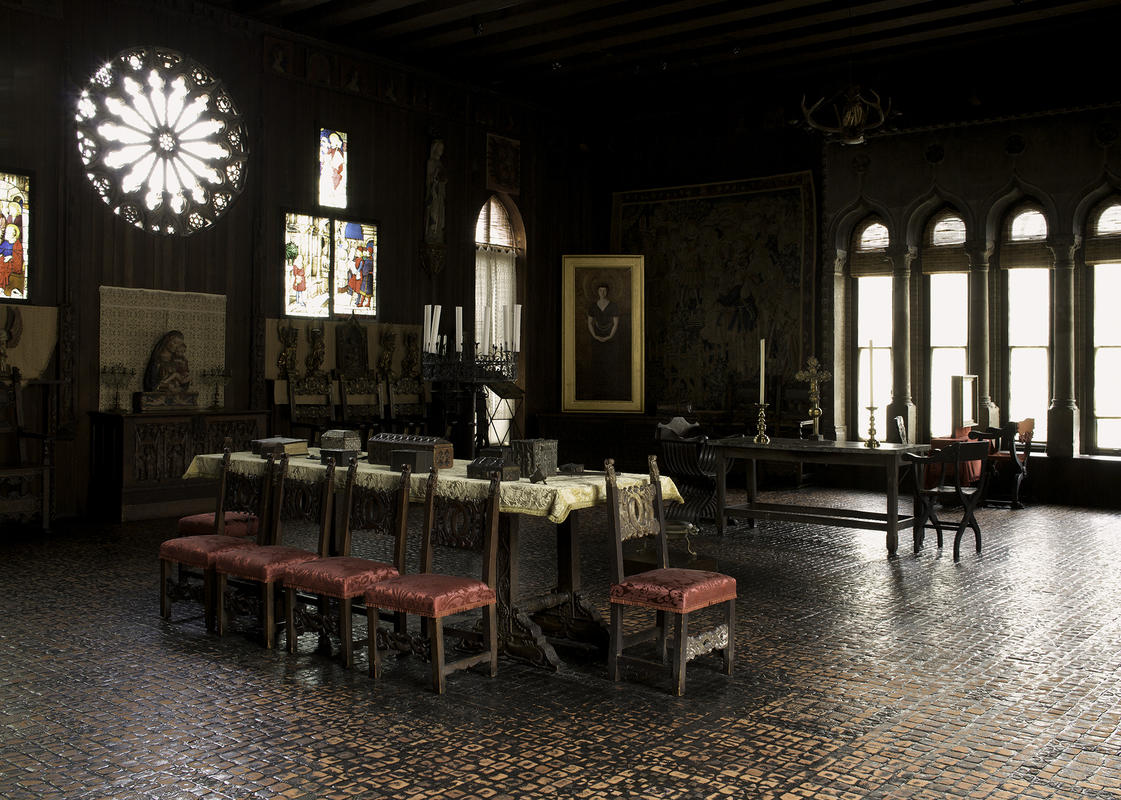More about Isabella Stewart Gardner

Contributor
Isabella Stewart Gardner was a socialite and art collector.
Her father, David Stewart, created his fortune importing Irish linen and through investments in his later years. She was privately tutored in the Big Apple, finishing her education abroad in Europe. She married her husband John Gardner, himself a member of the Bostonite elite, in 1860, after being introduced through a mutual friend in Paris when she was still a student. They had a son, John Lowell Gardner, who died of pneumonia in 1863.
Upon behest from her doctor and to get out of her depression, Isabella and John both went to Northern Europe and Russia in what would be the first of many international trips, in 1867. She was accidently responsible for collecting and curating Boston’s largest collection of Asian and European art, all of which reside in the museum built in the Italian Renaissance style that bears her name today, thanks in part to the help of Bernard Berenson, an art critic she met in Harvard in 1886. She was also a patron of the musical and visual arts, most notably for the Boston Symphony.
Gardner was very energetic and very unconventional, especially compared to conservative late-1800s Boston. Isabella Stewart Gardner didn’t care for any of that. Mind you, this is a woman that attended boxing matches.
Artist John Singer Sargent and Gardner, close friends to their last days, first met in London through their mutual friend Henry James in 1884. When Sargent came to visit Boston in 1888, she commissioned him to make a portrait of her for $3000, which by now would be in the ballpark of $80,000. Enamoured by Sargent’s Madame X, she wished for a portrait that was equally as powerful and equally as scandalous. It went through eight revisions, each because Gardner didn’t like how her face was rendered, until she was satisfied. When it was finished and the piece finally went public for the first time and only time in his lifetime at the St. Botolph’s Club, results were just as jubilant as they were shocking.
Contemporary critics and onlookers were mystified by the determination and beauty the portrait emanated. Of it, John Gardner said, “It looks like hell, but it looks just like you.” One the one hand, Isabella was ecstatic; on the other hand, she was painted in a form-fitting dress with such a plunging neckline that one onlooker said that he could see “all the way to Crawford’s Notch.” To us, it’s a really beautiful, tasteful dress, but to the late 1800s Bostonite, she might as well have been wearing a nightgown.
Naturally, John Gardner would keep it out of public view, in his house, for the rest of his days. Isabella continued to respect those wishes, keeping it out of the eyes of the public in the Gothic Room in her museum until her death in July 17, 1924. Isabella left Boston a museum that was opened to the public in 1903, all enhanced by the force of her personality.
Sources
- “BFFs: John Singer Sargent and Isabella Stewart Gardner.” 2018. New England Historical Society. April 14, 2018. http://www.newenglandhistoricalsociety.com/john-singer-sargent-isabella….
- Britannica, The Editors of Encyclopaedia. 2019. “Isabella Stewart Gardner.” Encyclopædia Britannica. Encyclopædia Britannica, inc. April 10, 2019. https://www.britannica.com/biography/Isabella-Stewart-Gardner.
- Chong, Alan, Richard Lingner, and Carl Zahn, eds. 2003. Eye of the Beholder : Masterpieces from the Isabella Stewart Gardner Museum. Archive.org. Boston, MA: Beacon Press.
- “Isabella Stewart Gardner Bio.” n.d. Isabella Stewart Gardner Bio | Isabella Stewart Gardner Museum. Isabella Stewart Gardner Museum. Accessed April 30, 2019. https://www.gardnermuseum.org/about/isabella-stewart-gardner-bio#chapte….
- “Isabella Stewart Gardner, 1888.” n.d. Metmuseum.org. The Metropolitan Museum of Art. Accessed April 30, 2019. https://www.metmuseum.org/art/collection/search/21452.













